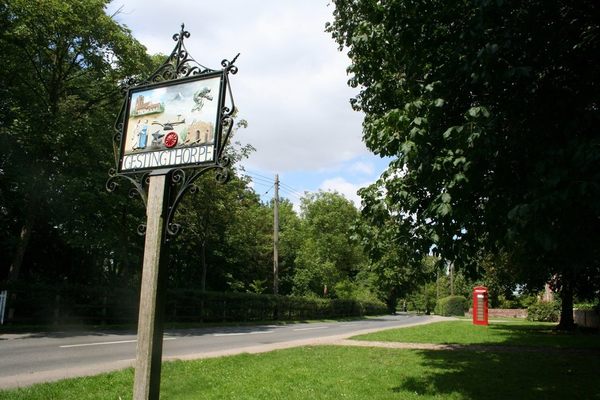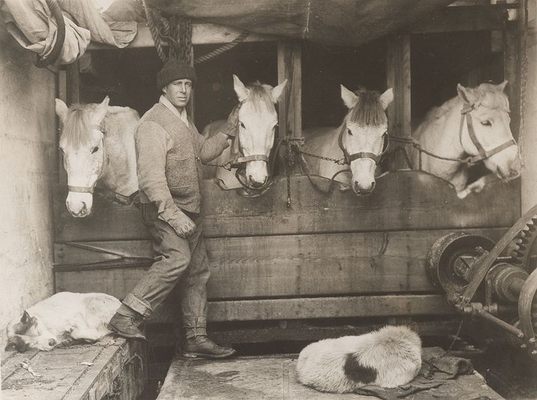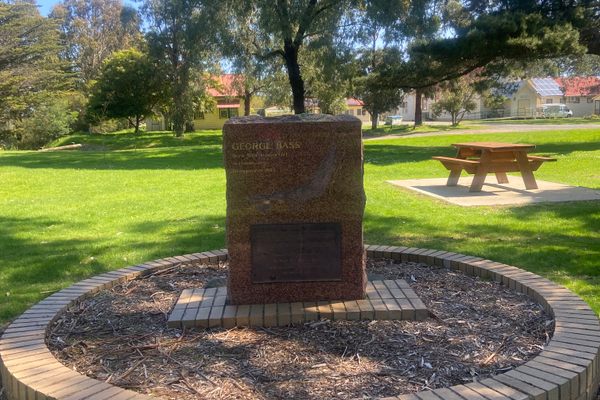About
Gestingthorpe is a quintessential English village. Like much of the rural north of Essex, Gestingthorpe is surrounded by fields and farmland and a history that goes back to Roman occupation. These defining features are clearly represented on the village signs. It is the image at the top corner of these signs, however—of a hunched figure battling through an Antarctic blizzard—that really stands out.
In the final decades of the 19th century, the Oates, one of England’s oldest families, moved into Gestingthorpe's Over Hall. Lawrence Oates, raised amid great wealth and privilege, was a quiet man who was uncomfortable with social customs and class distinction, and wore shabby clothes and avoided the limelight. Fame ultimately caught up with him though, due not to his family name, but to his bravery and sacrifice on Britain’s first Antarctic Expedition. (His bravery was well known locally from the Boer War, where he helped lead his men to safety after receiving a gunshot wound to the leg.)
Oates was given the nickname "The Soldier" for his military service upon joining Robert Falcon Scott’s Terra Nova expedition to the South Pole in 1910. He managed the 19 ponies that were used for the first half of the trek, and Scott personally selected him to join him in the five-man push to the pole.
Finally, after 79 days, the party reached the South Pole, only to find that they had been outpaced by Norwegian explorer Roald Amundsen’s expedition. Disheartened, the party began the return journey to Ross Island, but were slowed by adverse weather and injuries. By the halfway point, the party had already lost one member. Oates’s feet had become frostbitten, and his old war wound reopened, slowing their progress further.
On March 17, Lawrence Oates turned 32. That day he left the tent, stating "I am just going outside and may be some time" before disappearing into a -40 degree blizzard. He sacrificed himself to help his companions survive.
The remaining party continued for nine days, covering another 20 miles before they, too, perished. The bodies of the final three explorers were found frozen in their tent, 11 miles short. Oates's body was never found, but a cairn and cross were erected where his last walk is believed to have taken place, bearing the inscription, "Hereabouts died a very gallant gentleman, Captain L. E. G. Oates, of the Inniskilling Dragoons. In March 1912, returning from the Pole, he walked willingly to his death in a blizzard, to try and save his comrades, beset by hardships."
In 1913, a memorial plaque was installed for Oates in the parish church of Gestingthorpe, which his mother, Caroline, faithfully and frequently polished for the rest of her life.
Related Tags
Community Contributors
Added By
Published
June 24, 2020





































